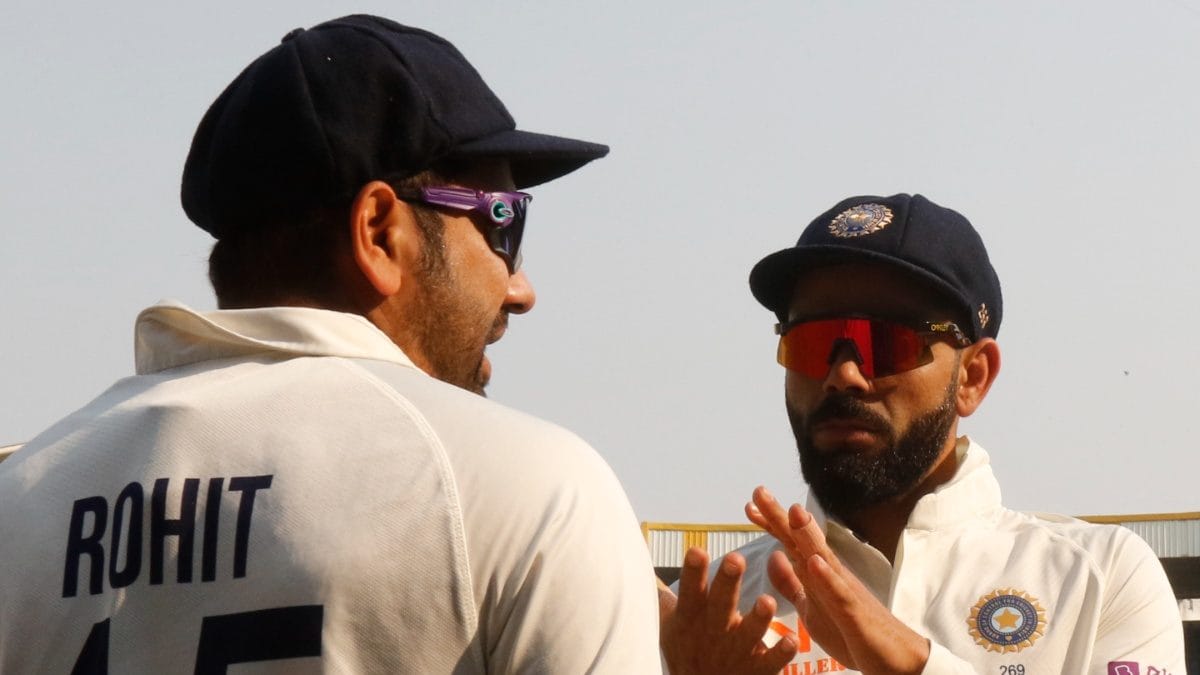A fast-moving belly flop: Researchers unveil the unique skills of cricket frogs

Is walking on water possible for frogs? Several species have fascinated observers with their abilities to skip side-to-side and leap into the air from the surface of a pond as if the water were land. One such breed native to Virginia and North Carolina is the cricket frog. The way these frogs move in the water could bring insights to tools for the future of robotics, watercraft, and more.
Jake Socha, the Samuel Herrick Professor in Mechanical Engineering, leads a research team that studies the cricket frog’s unique ability to “skitter,” another name for jumping multiple times in succession. The team’s findings were published in the Journal of Experimental Biology, with graduate researcher Talia Weiss serving as first author.
“Skittering is not actually a well-defined word for this behavior—one naturalist used it to describe a ‘jumping on water’ behavior in frogs in 1949, and since then, it’s been used for this type of locomotion in all the following literature,” Weiss said. “Part of this research is not only studying this behavior in cricket frogs, but to try and give ‘skittering’ a more precise, scientific definition.”
How do they do it? In their studies, Socha’s team members found that popular opinions generally state that the frog crosses the water without sinking, but doing so might still require a highly specialized anatomy. What does this frog have that other frogs don’t?
“Our lab has studied a range of animals, and many exhibit fascinating behaviors in navigating their environment,” Socha said. “The humble cricket frog lives nearby, and yet it still surprised us with its capabilities, further motivating our curiosity to understand the living world.”
High-speed video for high-speed frogs
Cricket frogs are one of the smallest frogs in North America, easily sitting on the thumb of an average adult’s hand. To observe the cricket frog in motion, team members used high-speed videography. They recorded how the frog leaps on land as well as in the water, watching the movement of their legs as they navigated both.
The team found that the frogs actually sink with each jump. While “skittering” gives a picture of the frogs freely leaping about while only their feet penetrate the water’s surface, the recordings showed a different picture. Socha, Weiss, and their teammates saw that each time a frog came down from a leap, its entire body would submerge.
The movement was less like a frog leaping and dancing across the water freely, and more like a plop and a jump. Their movements might more appropriately be called, “porpoising,” after the movement that a porpoise or dolphin uses: leaping into the air from beneath the surface of the water.
Launching from underwater
The reason that cricket frogs have previously appeared to dance across the water when viewed by eye is largely because of their rapid motion.
To record this ultra-fast motion, the team used a 20-gallon glass tank and released the frogs into it. High-speed cameras shooting up to 500 frames per second were aimed from the side of the glass tank to capture the action above and below the water’s surface. As the frogs leapt, the team captured their getaway.
The footage was then slowed down to a small fraction of the original speed. When they watched the footage, team members made their surprising observation: The frogs did indeed sink.
“It’s fascinating how easily we can be fooled by fast animal movements,” said Socha. “Here, we’re fooled by a frog that appears like a skipping stone, but is actually jumping and dunking multiple times in a row. Frogs are great jumpers, but most of them don’t exhibit this porpoising behavior, and we still don’t know why. Is there something special about the frog’s leap, or is it simply a matter of small body size?”
By observing them in slow motion, team members could observe the motion of the frog as it retracted and extended its limbs. They also noticed that the angle of its body to the waterline played a factor, giving it the ability to balance itself in the water. They broke each jump cycle down to:
- Takeoff, from a submerged position
- Aerial, or time in the air following a jump
- Re-entry, back into the water
- Recovery, resetting for the next jump
In a little more than a single second, the frog would take off while completely submerged, extending its feet in an underwater push to propel its body above the surface. Its rear legs stayed extended while moving through the air, and its front legs moved from pressing against its body to reach forward. The extended front legs are the first to hit the water upon re-entry, and the back legs are still extended as it sinks. As it sinks, the back legs retract and bend back into a leaping position. Another jump is executed, repeating the movement.
It’s basically a belly flop.
The team observed frogs doing as many as eight jumps in a row, each being fully executed in less than a second.
Understanding skittering is an important discovery for the realm of biology, but it holds other keys as well. This discovery provides a new physical basis for the future of bio-inspired robotics. It could be applied to a water testing system that is needed to be rapidly deployed, or an amphibious drone taking water depth measurements. Those futuristic devices can take cues from nature to use well-tested methods that frogs have been using for centuries.
More information:
Talia Weiss et al, Skittering locomotion in cricket frogs: a form of porpoising, Journal of Experimental Biology (2024). DOI: 10.1242/jeb.249403
Provided by
Virginia Tech
Citation:
A fast-moving belly flop: Researchers unveil the unique skills of cricket frogs (2025, January 6)
retrieved 6 January 2025
from
This document is subject to copyright. Apart from any fair dealing for the purpose of private study or research, no
part may be reproduced without the written permission. The content is provided for information purposes only.
Related
No Punishment For BGT Debacle As Rohit Sharma & Virat…
Last Updated:January 08, 2025, 08:33 ISTAlongside Kohli and Rohit, Gautam Gambhir is also set to survive the 3-1 series defeat in Australia. Rohit Sharma and Vi
Cricket et Al announces its Sri Lanka squad
I'll be watching my TV and it will be watching youGreetings from the Gumbamorra Swamp.Lovely morning here in Marrickville. The frogs are donking in the backyard
‘It’s hunger and desire’: Shastri’s no-nonsense ‘domestic cricket’ verdict for…
Former Team India head coach Ravi Shastri believes Virat Kohli and Rohit Sharma should look to go back to the grind and play some domestic cricket to find for
‘Temba Bavuma doesn’t shout in people’s face or…’: Smith’s idea…
The Australian media, ever so eager to push the boundaries, opted for a no-holds-barred approach to tear into the Indian team, specifically Virat Kohli, durin












